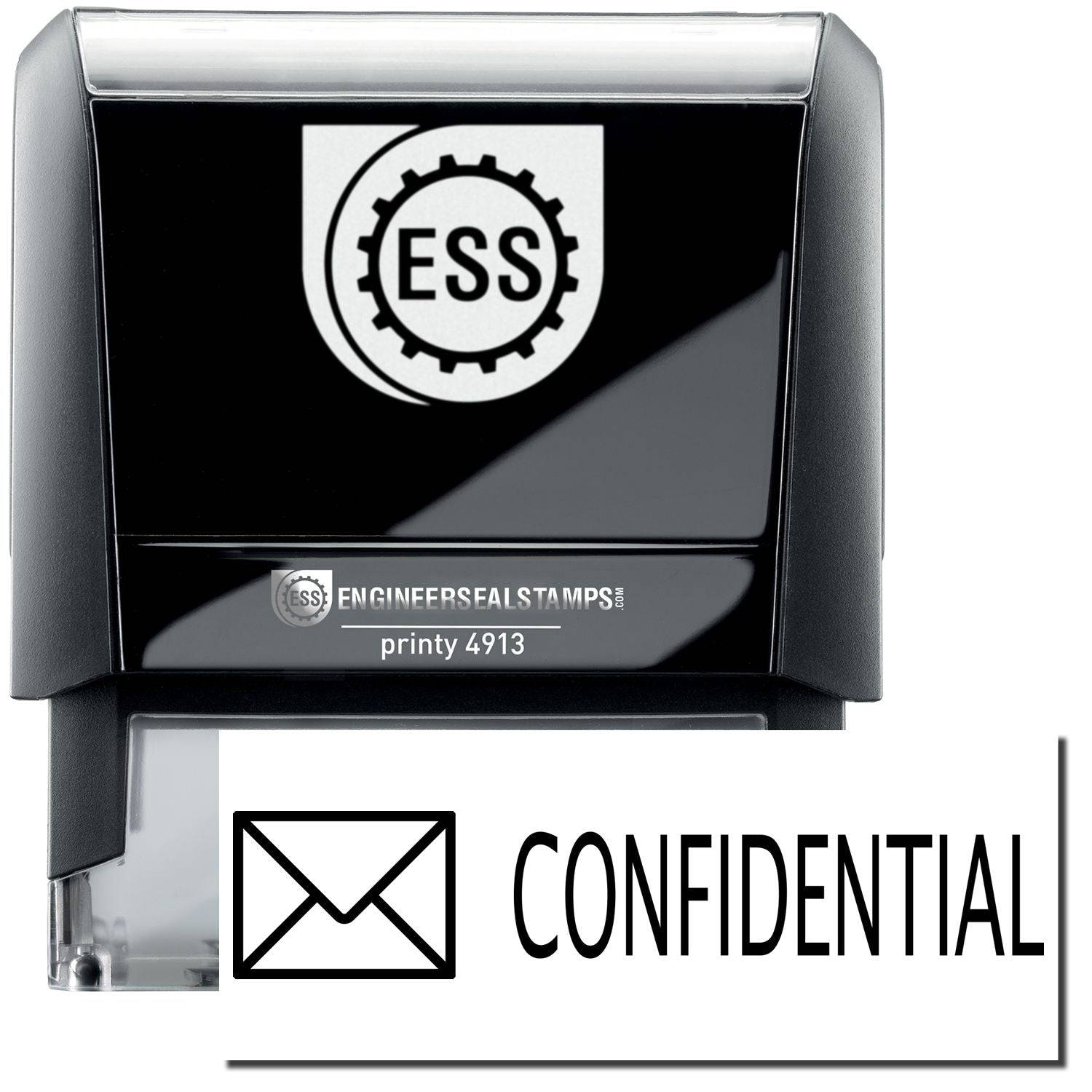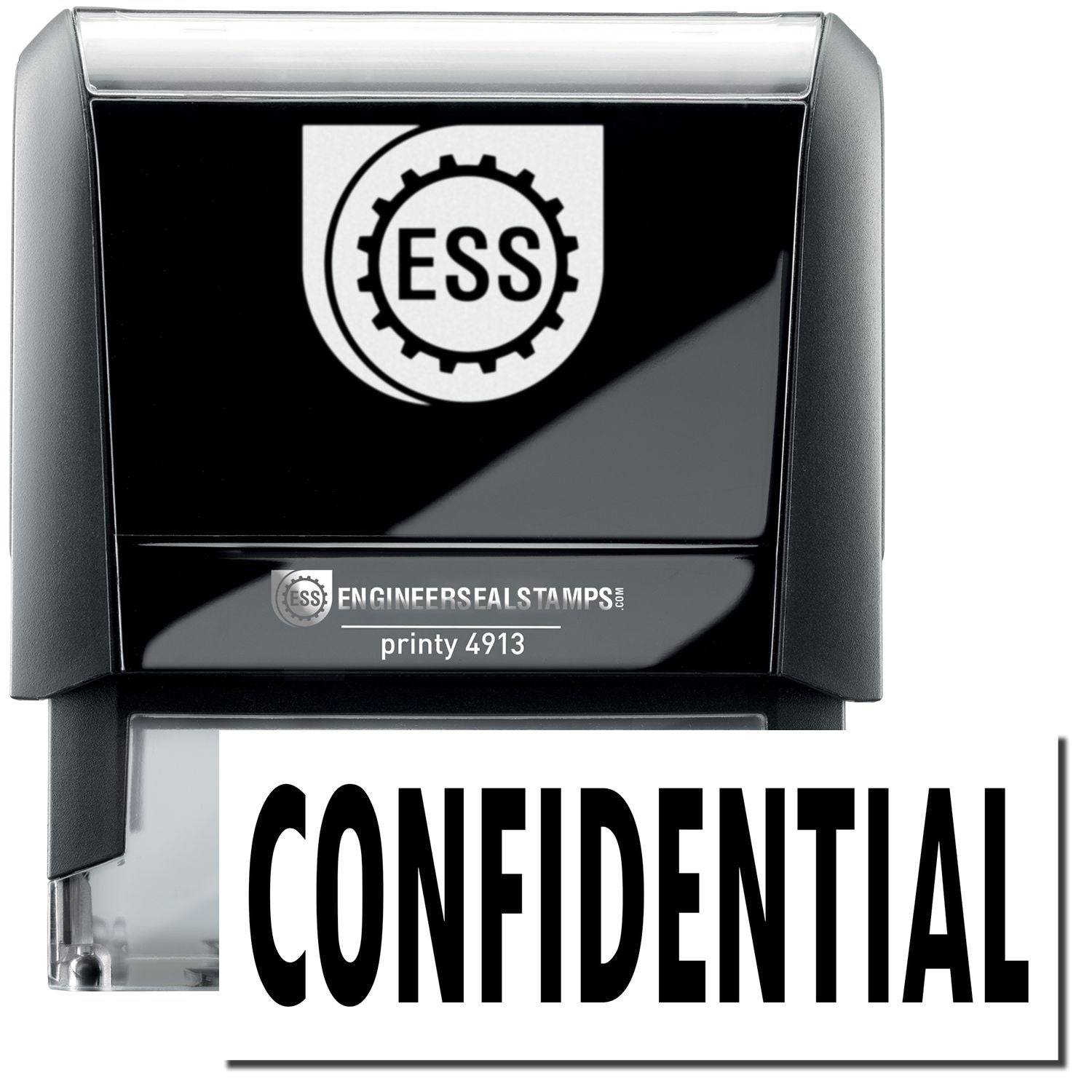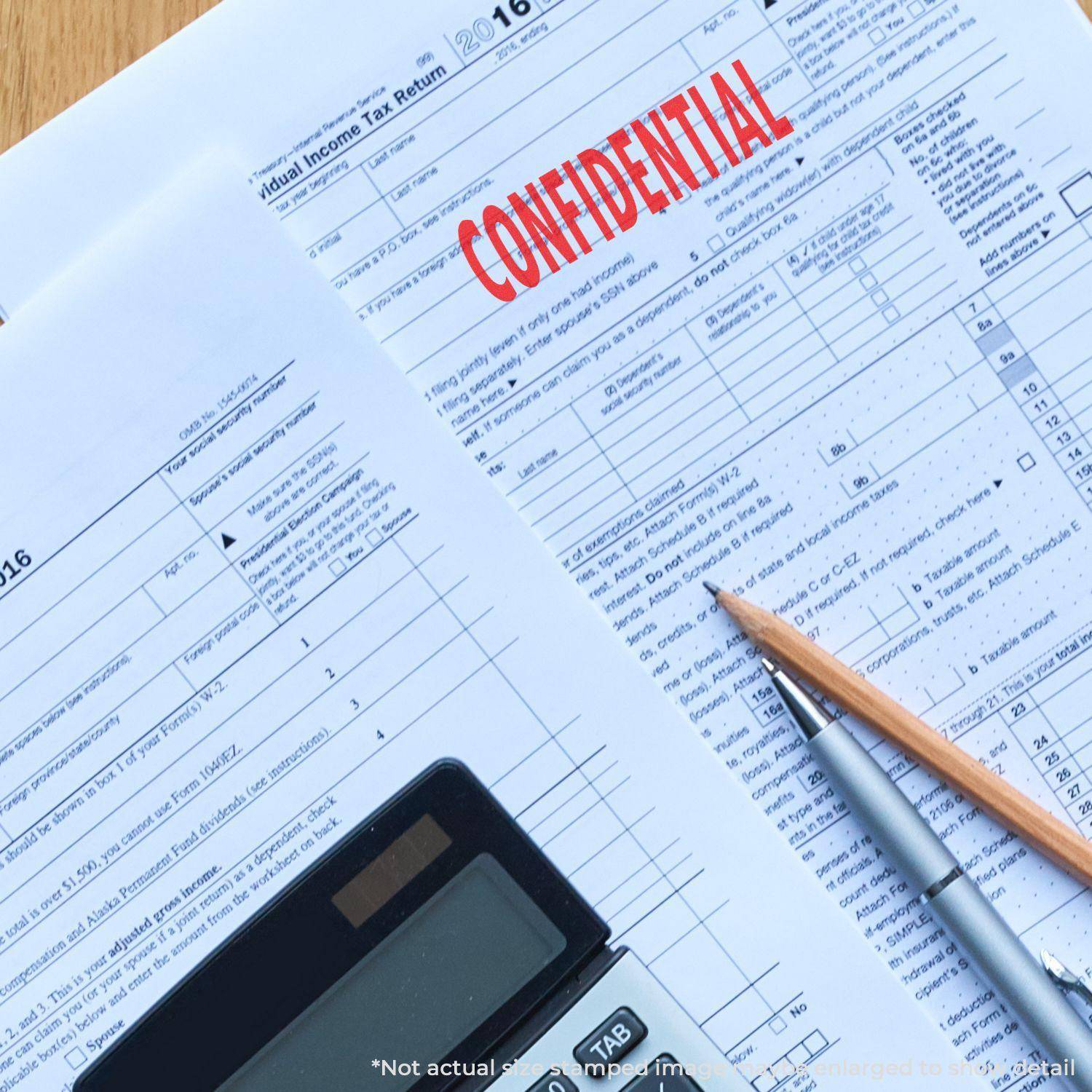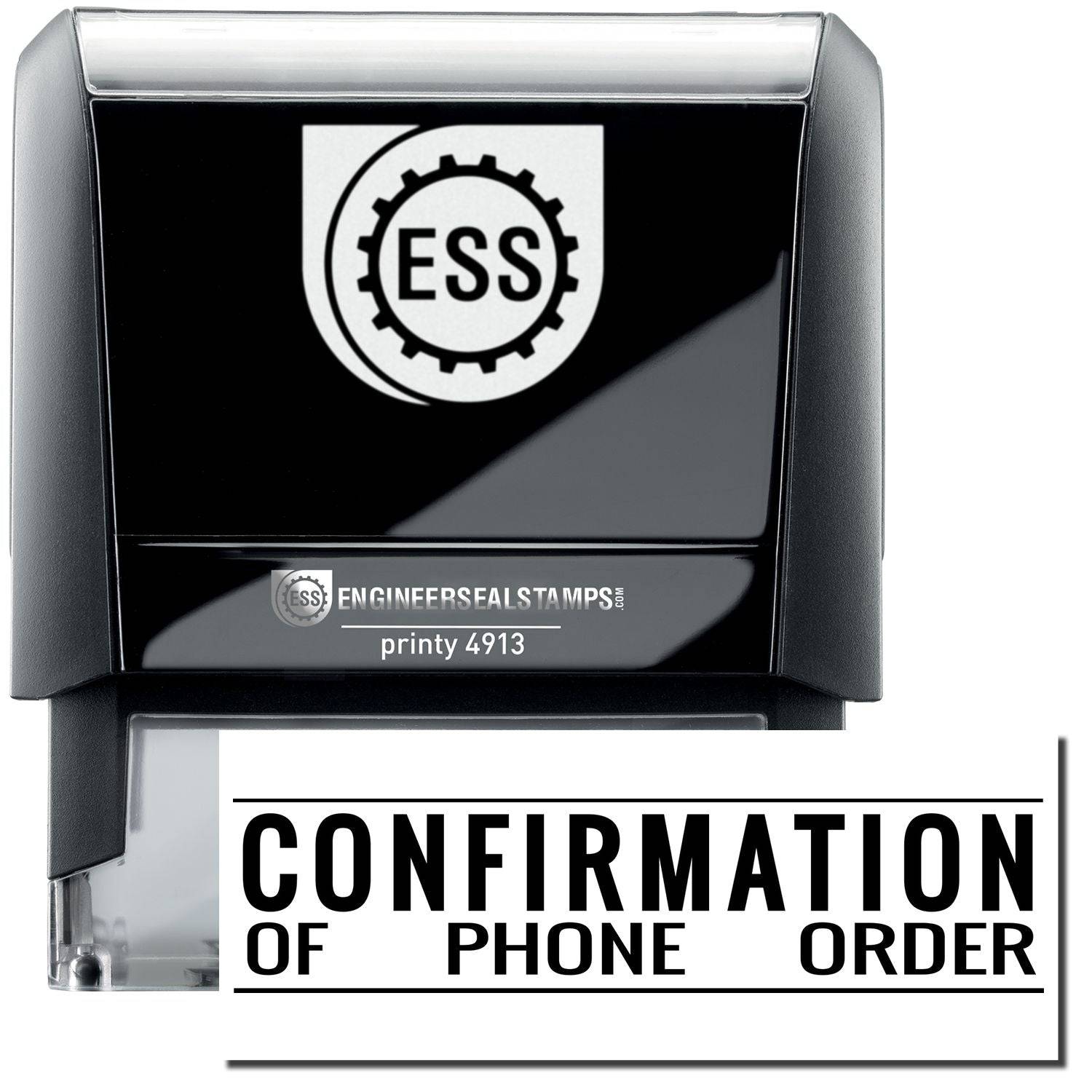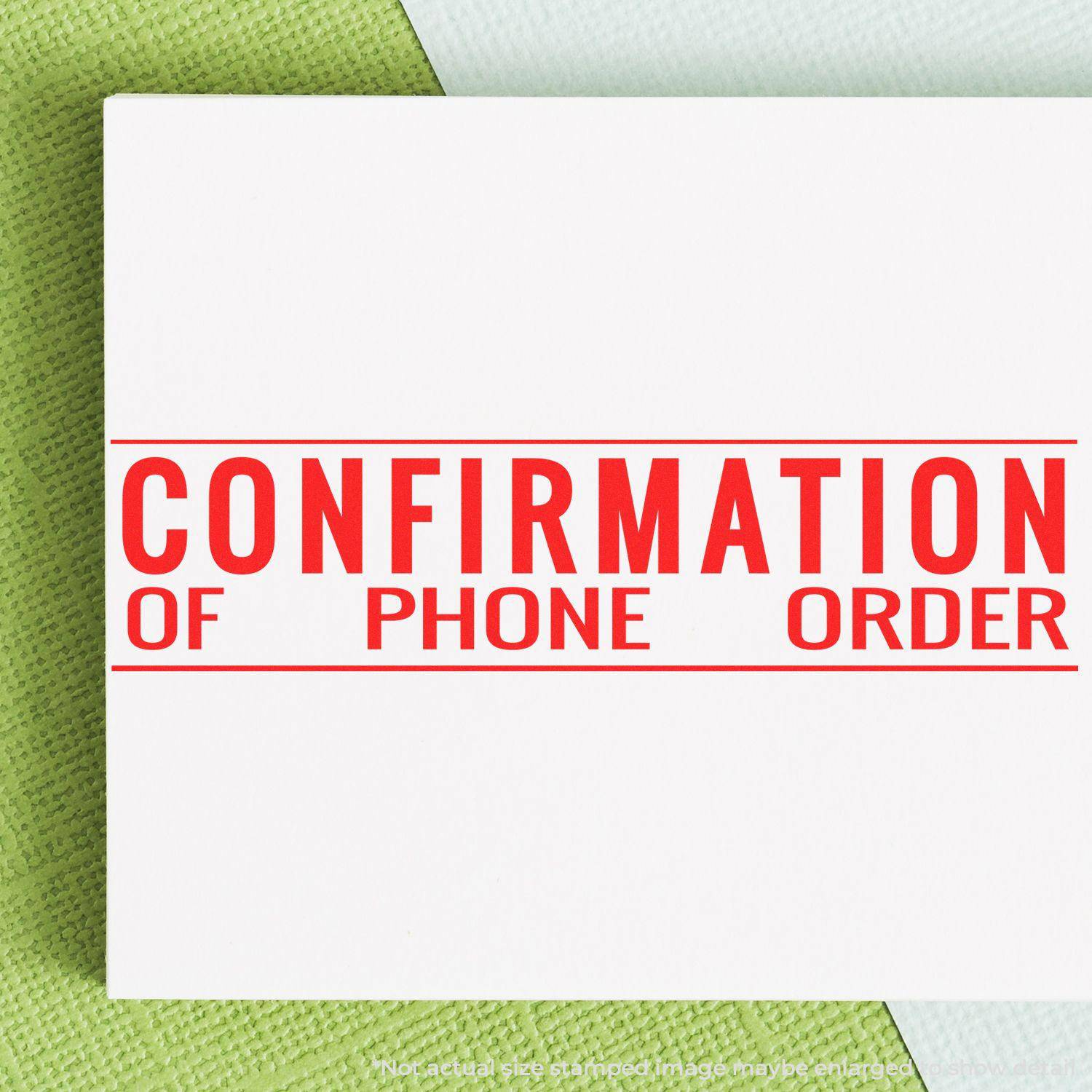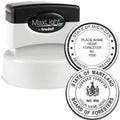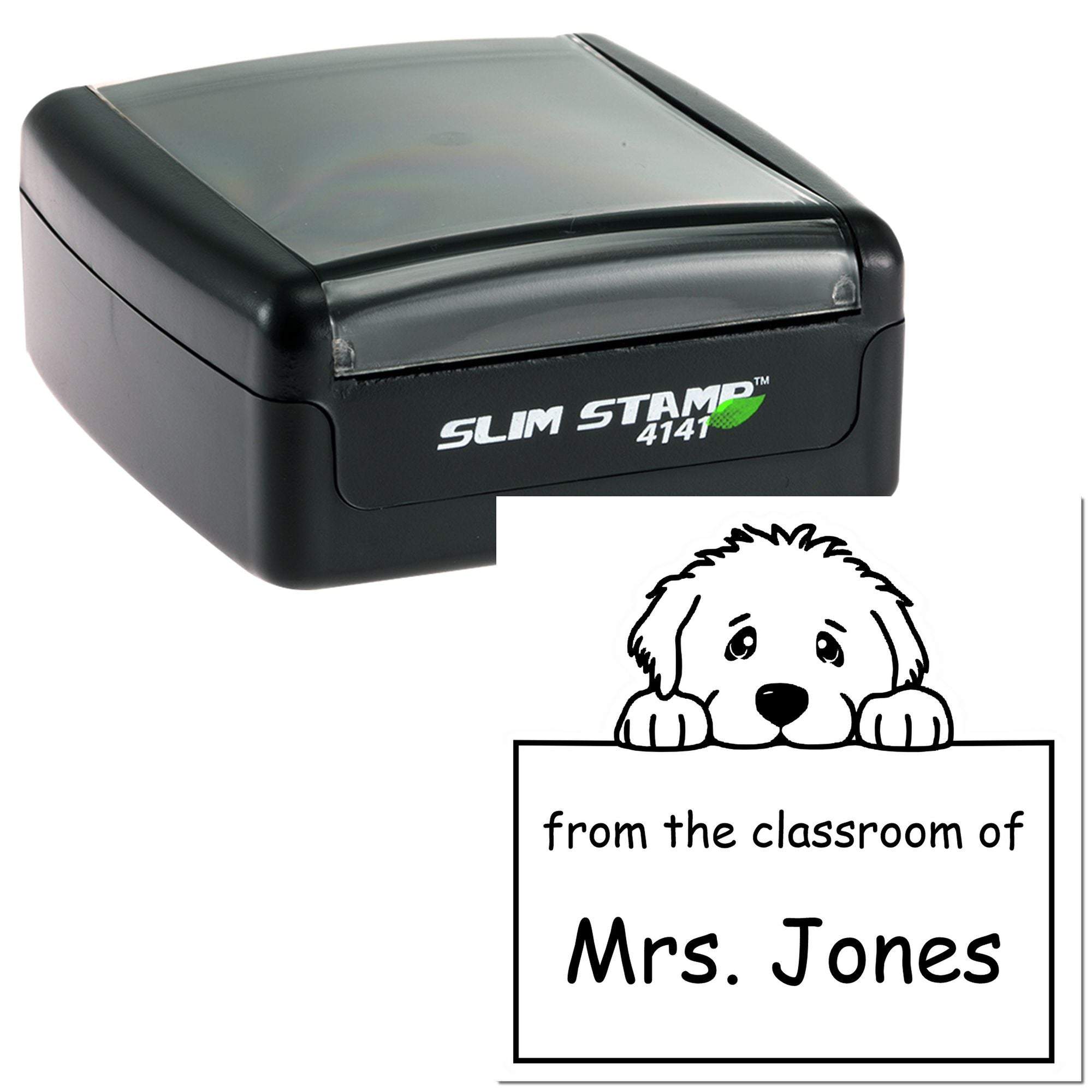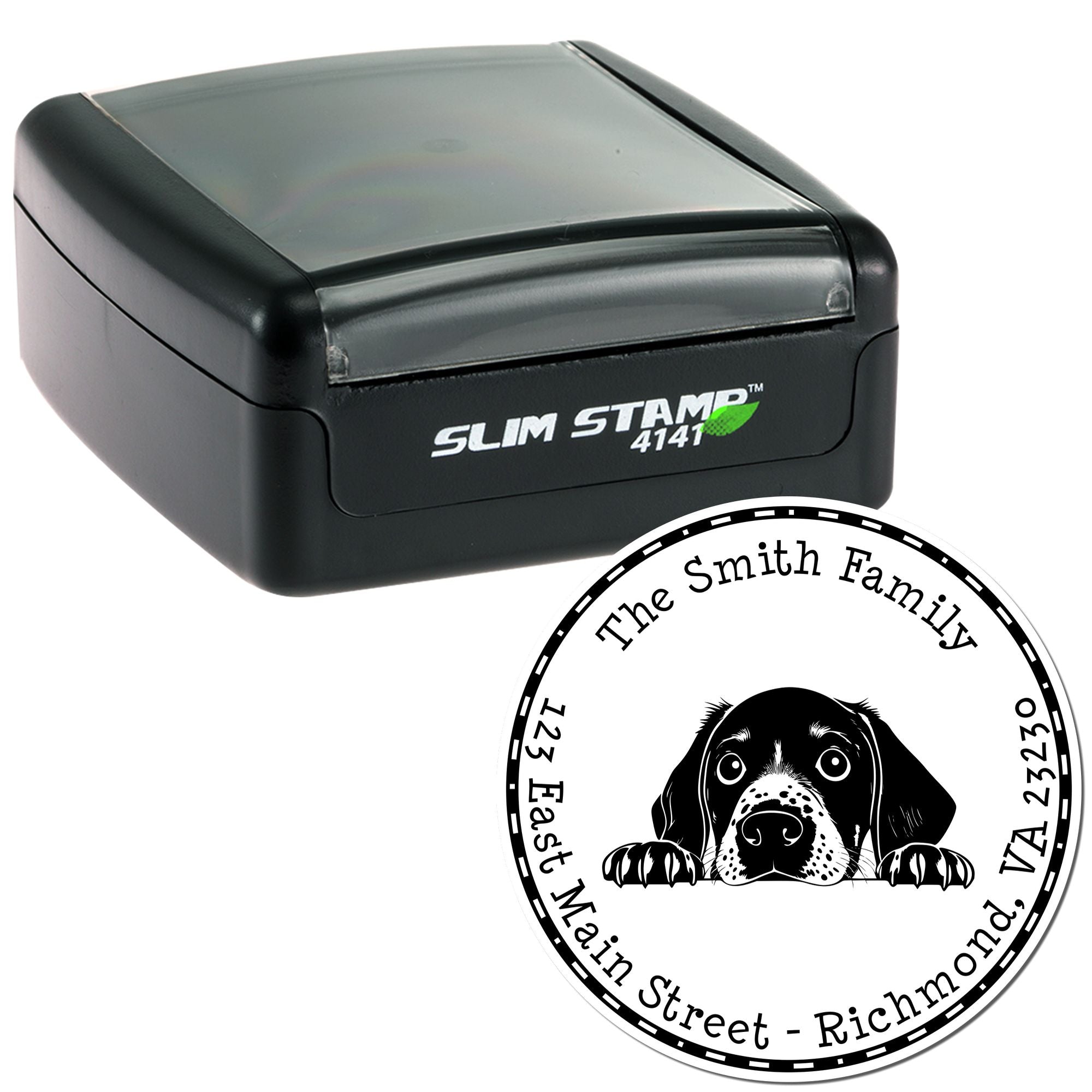Rubber stamp ink is an unsung hero that can elevate everything from business labels to personal invitations. Whether you’re marking products for shipping or designing custom cards for a friend’s birthday, the right ink can save time, reduce smudging, and make your work shine. But where do you even begin with so many options out there? By exploring different types, features, and practical usage tips, you’ll discover the perfect match for your projects.
Understand rubber stamp ink
Rubber stamp ink is specially formulated to stick to rubber stamp pads (the part you press onto paper). It’s designed for crisp impressions that won’t run or fade immediately. In most cases, your product or crafting result hinges on two main qualities: clarity in the stamped image and how well it holds up over time.
- Some inks dry quickly so you can handle your documents sooner.
- Others have bright pigments that pop on paper, envelopes, or even certain fabrics.
- A few offer archival properties, which keep them from fading for years.
Check key ink types
Not all inks are the same, and each type has its own unique strengths. Here’s a quick explorer’s guide:
Dye-based inks
- Known for quick drying
- Perfect for fast-turnaround tasks like office stamping
- Often come in a wide range of colors
- May fade faster if exposed to lots of light
Pigment-based inks
- Usually thicker and richer in color
- Take a bit longer to dry
- Work great on porous surfaces (such as cardstock)
- Tend to maintain vibrancy over time
Permanent or solvent inks
- Ideal for slick surfaces (plastic, metal, or glossy paper)
- Highly resistant to water and fading
- Can require special stamp cleaner due to strong adherence
Hybrid inks
- Combine some benefits of both dye and pigment
- Strike a balance between fast drying and vibrant color
- Suitable if you handle varied stamping projects
Consider essential features
Aside from the ink’s base type, here are a few features to keep in mind as you decide on the best product:
- Drying time: If you’re labeling hundreds of envelopes each day, you’ll want an ink that dries fast to avoid smears.
- Fade resistance: Look for inks labeled archival if you’re creating long-lasting keepsakes.
- Vibrancy: Will your finished piece need to stand out? Check color swatches for intensity.
- Surface compatibility: Make sure the ink can handle the materials you use frequently, such as glossy paper or fabrics.
Match the right usage
So, which ink works best for your specific situation? That depends on both your goals and how you plan to use your stamp:
- Business operations: You’ll likely want a quick-drying, fade-resistant ink for frequent stamping on invoices or shipping boxes.
- Crafting and scrapbooking: Pigment or hybrid inks with bold colors turn scrapbook pages, greeting cards, and invitations into eye-catching pieces.
- Special occasions: For weddings, birthdays, and party favors, consider archival-quality inks so your keepsakes remain vibrant years down the road.
Store and maintain properly
Getting the most out of your rubber stamp ink boils down to a few easy strategies:
- Keep it sealed. Always close the ink pad lid tightly after use to lock in moisture.
- Store away from heat or direct sunlight. High temperatures or harsh light can dry out your pad prematurely.
- Re-ink before it’s bone dry. Adding fresh ink before the pad completely dries will maintain even coverage.
If you own multiple ink pads, keep them upright and label them so you can grab the right color at a glance.
Sum it all up
Whether you’re stamping product labels or personal notes, rubber stamp ink can add that perfect finishing touch. By choosing a type that matches both your style and practical needs, you’ll enjoy crisp impressions, fewer smeared pages, and a more professional look. Try exploring different inks to see which ones you like best, and remember to store them properly so your stamping experience stays hassle-free. If you’re still weighing your options, don’t be afraid to test a few samples until you find the perfect fit for every occasion.




